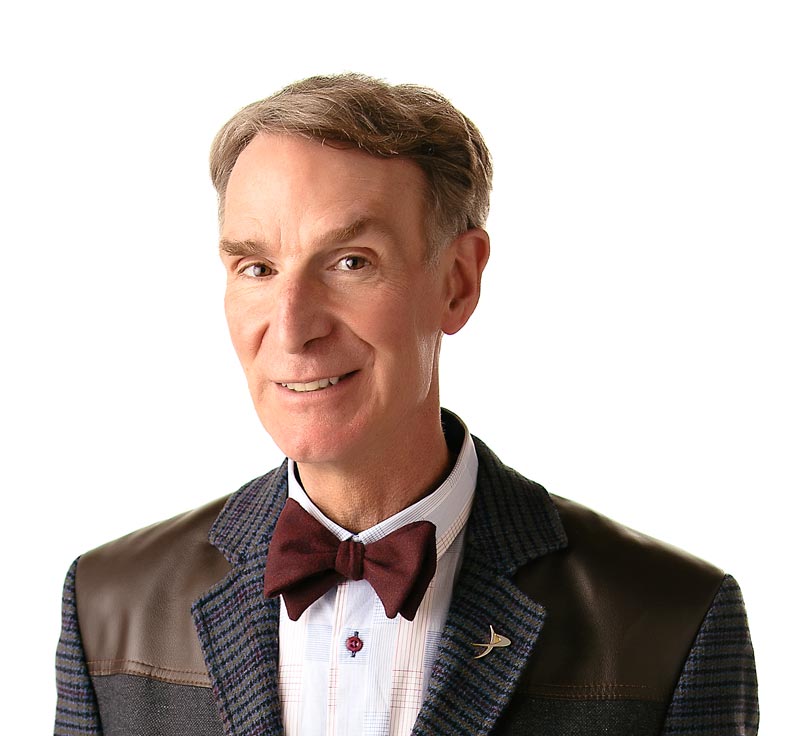Invertebrates
Bill Nye the Science Guy is back to talk about invertebrates.
Worms, squid, clams, and flies are spineless creatures. They’re not afraid, they’re invertebrates – animals that don’t have backbones. Invertebrates are everywhere. You can find invertebrates in the sea, in freshwater, and on land. There are about 30 times more invertebrates than vertebrates on Earth.
Animals with backbones, such as humans, owe a lot to invertebrates. Without insects like bumblebees pollinating flowers, we’d have far fewer vegetables and fruits to snack on. Earthworms put air and nutrients into soil, making it a better place for plants to grow. Crabs, lobsters, clams, and even octopuses are not only great seafood, they make the ocean ecosystem go. There are more invertebrates out there than fish.
Don’t try to worm your way out of it – watch the “Invertebrates” episode.
The Big Ideas
- Animals without backbones are called invertebrates.
- There are far more invertebrates than animals with backbones.
- Larger animals, such humans, depend on invertebrates.
Did You Know That?
- Sea stars can grow really long arms? The longest sea star arm span measured 138 centimeters (54.33 inches) across.
- The most venomous sea jelly is the Australian sea wasp? Sometimes victims die in only three minutes.
- A snail named Verne traveled 31 centimeters (12.2 inches) in two minutes and 13 seconds?
Books of Science!
- “Invertebrate Zoology” by Ellen Doris. Published by Thames and Hudson, 1993.


